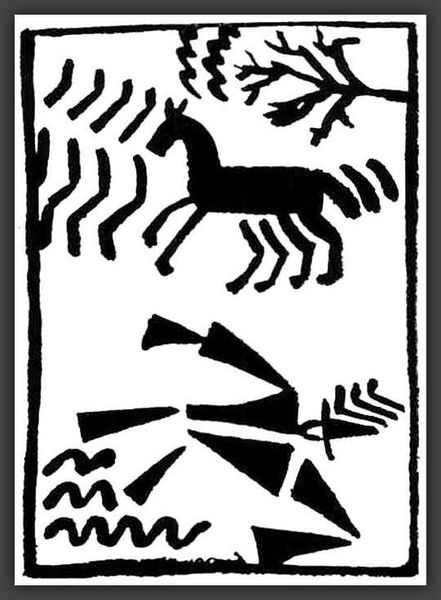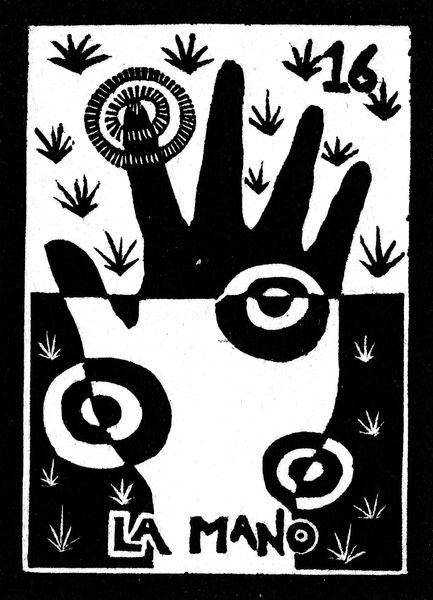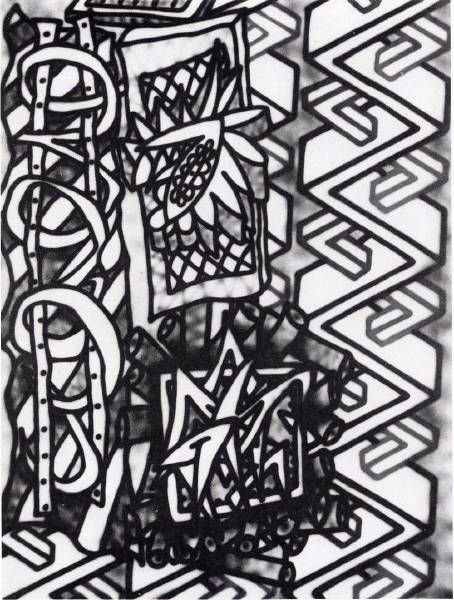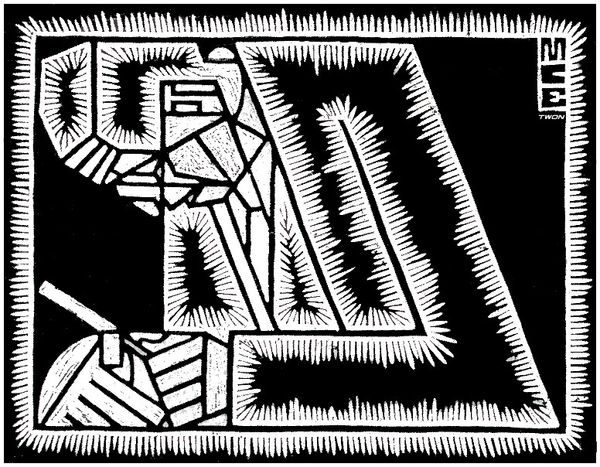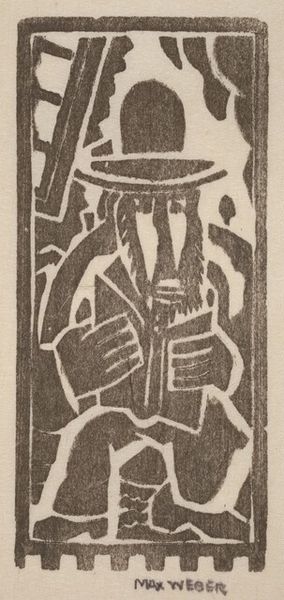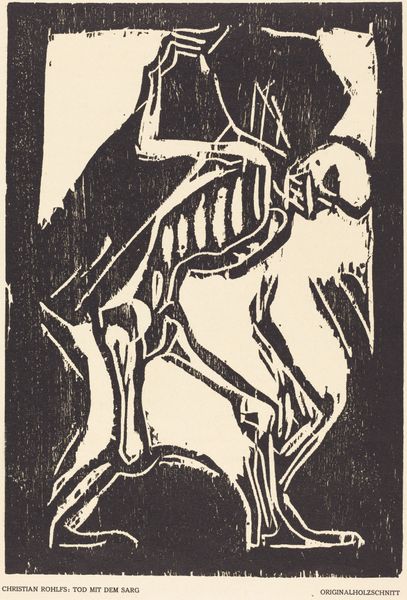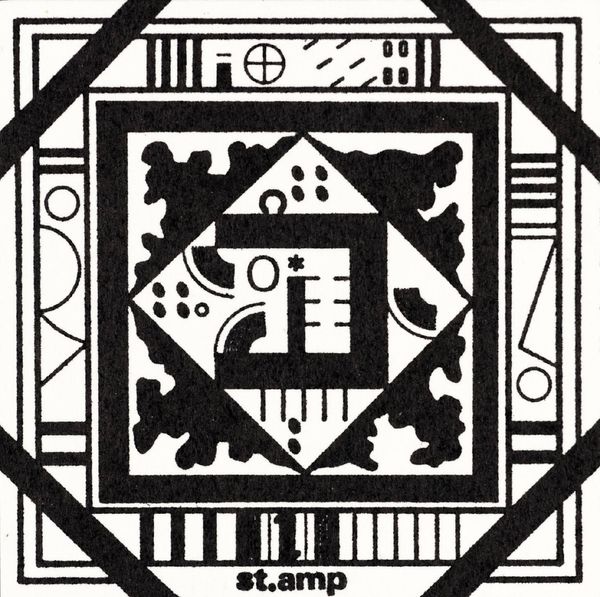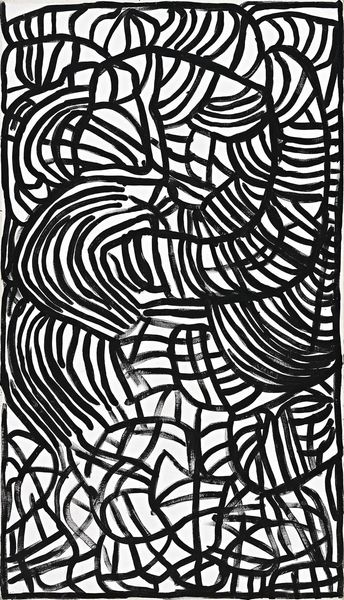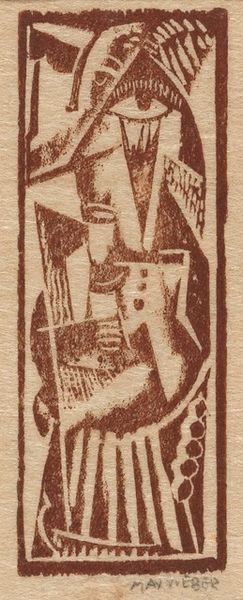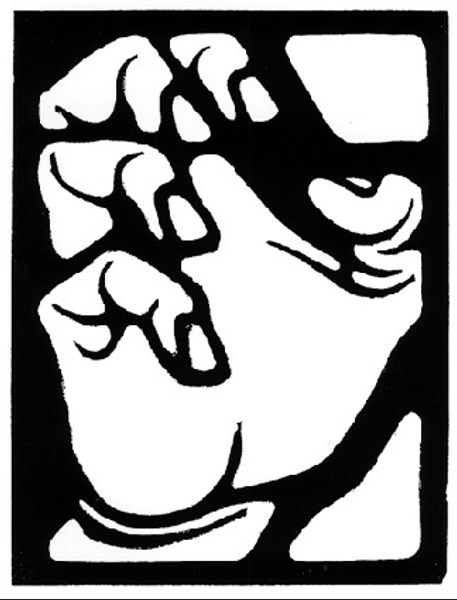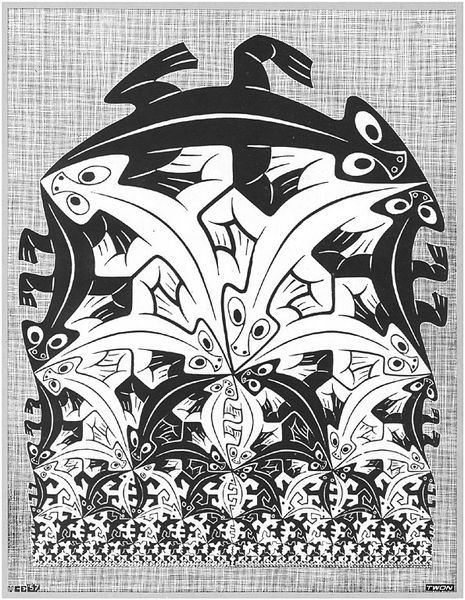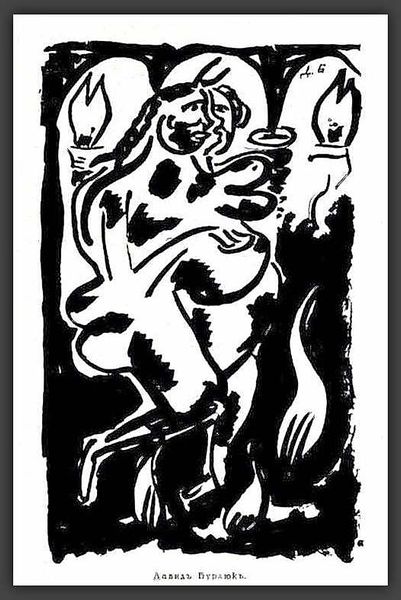
#
random pattern
#
junji ito style
#
abstract pattern
#
organic pattern
#
vertical pattern
#
pattern repetition
#
layered pattern
#
funky pattern
#
combined pattern
#
repetitive pattern
Copyright: Public domain US
Editor: This is David Burliuk’s "Illustration for the almanac 'A Trap for Judges'," created in 1913. It’s striking – stark black shapes on a white background. I find the composition rather chaotic, even aggressive. What do you see in this piece? Curator: I see a radical visual statement, a direct assault on bourgeois values through abstraction. This piece was made during a time of great social upheaval, and Burliuk, a key figure in the Russian avant-garde, directly engages with those anxieties through a rejection of representational art. Editor: So the seemingly random shapes are actually a form of protest? Curator: Precisely! Consider the title "A Trap for Judges." It implies a system of justice rigged against the people. Burliuk uses abstraction to create a visual language of resistance, reflecting the fragmentation and instability of pre-revolutionary society. Think about how traditional art upholds the status quo; Burliuk rejects this outright. Editor: That's a completely different perspective than how I initially viewed it! What about the use of only black and white? Does that hold meaning as well? Curator: Absolutely. The stark contrast amplifies the sense of conflict. Black and white can symbolize opposing forces – order and chaos, power and oppression. Burliuk utilizes the visual tension between these extremes to challenge existing social structures and to advocate change. It becomes a powerful, albeit abstract, form of political speech. Editor: I’m beginning to see how this isn't just abstract shapes, but a charged commentary. Curator: Exactly. It is important to look past the aesthetic and analyze the why, when and who. Who created it, what socio-political discourse surrounded its genesis and what are the power structures at play? Editor: Thanks. It makes me consider art's role as a voice for societal change. Curator: Indeed. By examining art within its historical and social contexts, we uncover deeper truths and richer understanding.
Comments
No comments
Be the first to comment and join the conversation on the ultimate creative platform.
